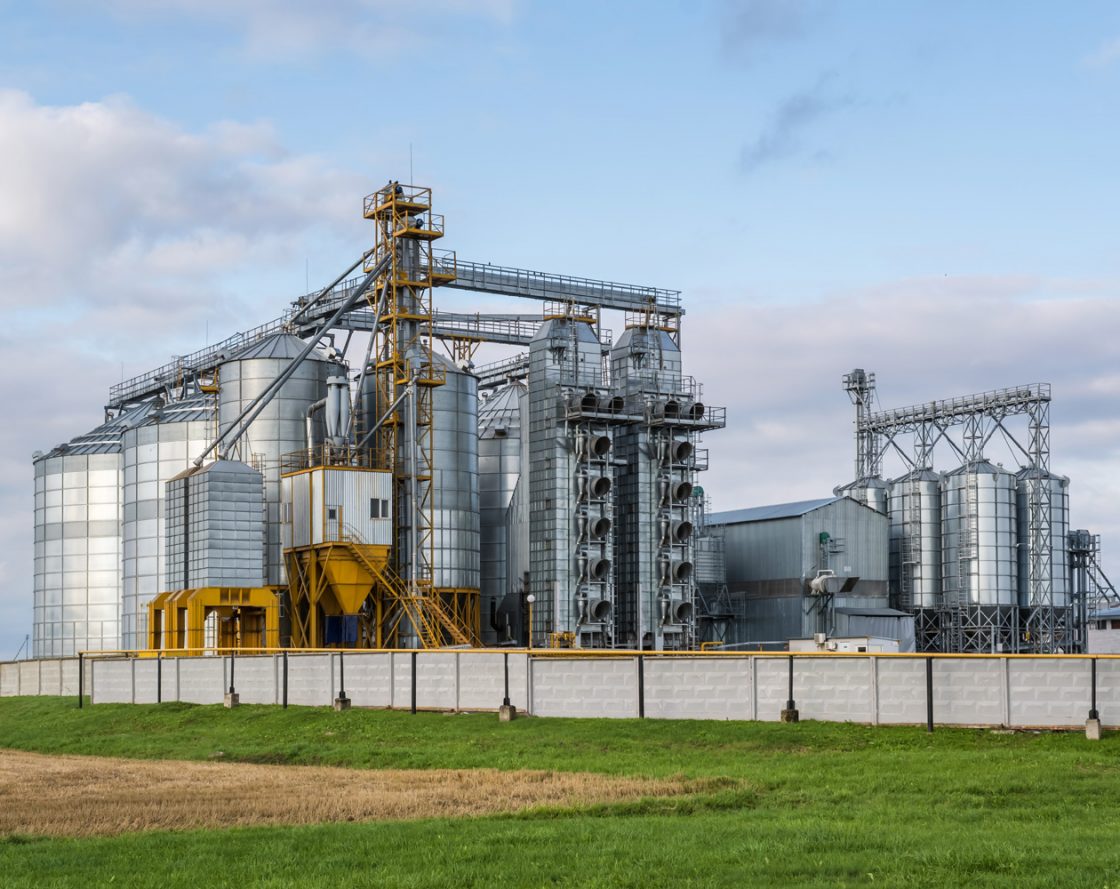
We are a nation that loves baked goods. Very few of us, only about 0.2% of the population, don’t buy bread.
Indeed, about 30% of the goods in our shopping baskets have flour in. Between us, we get through 12 million loaves of bread, 5 million packets of biscuits, 4.5 million cakes, and 2 million pizzas a day.
All this comes from 5.6 million tonnes of wheat milled into about 4.5 million tonnes of flour. This year about 76% of it was homegrown. The shortfall, coming from Germany, France, Canada, and the USA, is often imported for quality characteristics that domestic varieties cannot supply.
Milling mainly takes place in around 50 large mills across the country. Industry names include Carr’s Flour Mills, ADM Milling UK, and Hovis. There are also plenty of craft mills, such as Doves Farm and Shipton Mill.
But the days of Windy Miller and two stones crushing the grain are long gone. These days, giant mills use entirely different techniques and technology. They can run throughout the night with very little human intervention, the whole process overseen by only one or two people.
The flour and bran they produce is of better quality and milled into different specifications — one flour for pizza, another for croissants, another for bread.
Thanks to modern technology, milling is now more energy and labour efficient than ever before. It produces a consistently far better product with far less wastage and downtime than only a few decades ago. This includes:
But it’s not just the technology that improves the product, having the best grain is crucial.
Mills keep in close contact with plant breeders. Between them, they carry out around 7,000 tests a year on new varieties to assess their suitability for milling and baking.
The Agriculture and Horticulture Development Board (AHDB) uses this information to compile a list of recommended varieties for farmers.